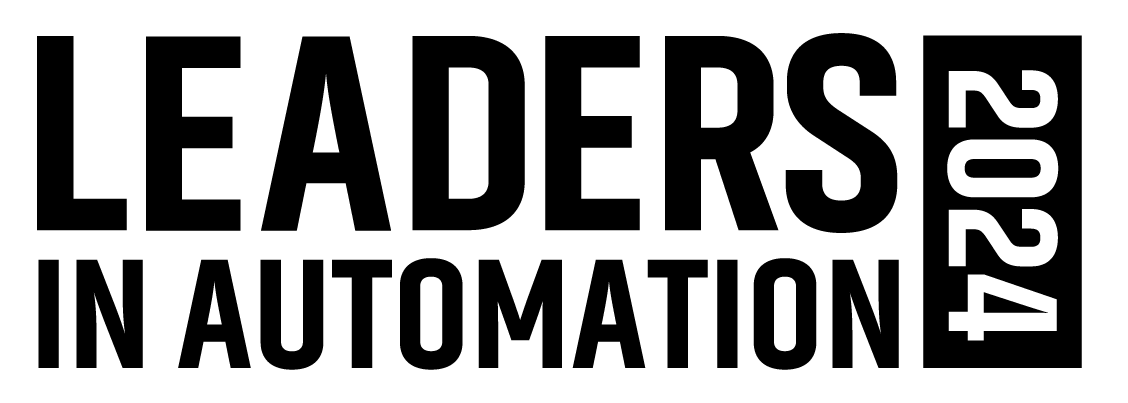Beckhoff Automation has long been a strong player in machine automation, its PC-based control technology popular in packaging realms in particular. Now it’s finding a place in process industries, where its technology is not only gaining acceptance, but is seeing increasing demand.
At the Hannover Fair last month, Beckhoff took the opportunity to show off its process capabilities—aiming to make a strong entrance into oil and gas, petrochemical, water/wastewater, food and beverage and other process industries with its open automation suite. “This year at Hannover, we’re entering a whole new market,” said Benjamin Bruns, business management process industry for Beckhoff. “With our open automation, customers are not stuck with one big supplier.”
Some 90 percent of Beckhoff’s business is still on the machine side, but a shift away from what used to be more of a dichotomy between programmable logic controllers (PLCs) in factory automation and distributed control systems (DCSs) in process industries has caused the automation supplier to reconsider its process strategy. “In the last years, they’ve become closer and closer to each other,” Bruns said.
PC-based control is able to combine all functions such as PLC, measurement technology and motion control into one system. Beckhoff has added to that intrinsically safe I/Os, explosion-proof control panels and panel PCs, and other products that make its technology more closely aligned with the needs of the hazardous environments of process industries.
Beckhoff’s EtherCAT terminals for explosion protection combine compact remote I/O modules with safety barriers to directly connect intrinsically safe field devices like sensors and actuators. The ELX terminals provide the same high resolution and accuracy of the company’s EtherCAT components for non-hazardous areas, and also provide process users with space savings in design. The 12 mm wide housing provides up to four intrinsically safe inputs, with double that in the 12 mm wide housing. Eliminating the need for external barriers leads to further space reductions inside control cabinets.
With ATEX and IECEx certification, the ELX terminals comply with all industry-specific guidelines for explosion protection and can be used in nearly all markets worldwide. “IECEx is a big step in I/O with intrinsically safe products for Zones 0 and 1,” Bruns said. “It includes all interfaces, which work on the already established process network.”
Increased robustness for hazardous industries is key to the introduction of Beckhoff’s CPX panel series as well—providing the company’s multi-touch panel technology with compliance for hazardous areas classified Zone 2/22. The capacitive touch technology provides convenient operation, with panels available in a large variety of display formats, sizes, installation options and features.
TwinCAT control software has also been updated, with specific process technology interfaces. “For process guys, that’s a massive environment, so we reduce and filter the functionality,” Bruns said. “The integrator has to know how TwinCAT works, but then it’s already integrated in the process control environment.”
Beckhoff covers all common standards in the industry by connecting via process technology protocols such as HART, NAMUR and FDT/DTM. The complete integration of these protocols and programming standards in TwinCAT provides a familiar experience for users who previously worked with other software environments.
Also announced during the Hannover Fair, Beckhoff became one of the newest members of the FDT Group, supporting the open FDT standard for enterprise-wide network and asset integration. This will help Beckhoff integrate a standard process industry interface for field device configuration and data exchange into its open automation architecture.
“Our TwinCAT FDT plug-in will enable customers to directly open Device Type Managers (DTMs) within the engineering environment to perform easy field device parameterization,” Bruns said. “In addition, the Beckhoff CommDTM will allow customers to integrate Beckhoff PC-based control systems into existing process control systems. This will ensure a solid integration of state-of-the-art control systems including IoT and Industry 4.0 features into a conventional DCS.”
Key benefits of what Beckhoff is now able to offer to process industries include HART communications, the FDT interface and explosion-proof components, Bruns noted. He also pointed to the benefits of EtherCAT. “Most of the oil and gas industry is making a jump from Industry 2.0 to Industry 4.0. They’re putting a lot of effort into looking at the fieldbus system, and sometimes thinking maybe it’s better to just stick with 4-20 mA,” Bruns said, but added of Beckhoff’s system, “Installation and configuration are really fast. It’s a fieldbus system that just works fast.”
Leaders relevant to this article:

